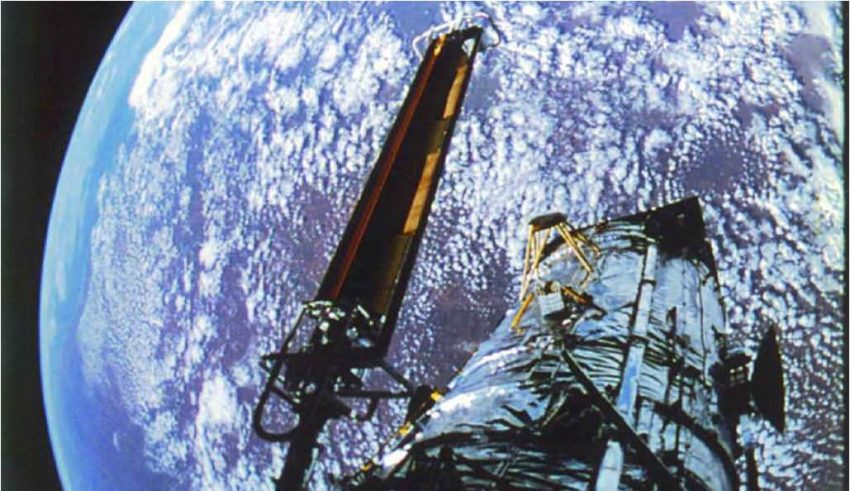
SPACE MIGRATION, SPECIES SURVIVAL, AND GLOBAL RESPONSIBILITY:
RECOGNIZING THE NEED TO FACILITATE MIGRATORY ESCAPE VELOCITY
There are many comparatively parochial reasons for accelerating both national and international space activities, competitive and cooperative (even those involving humankind in space environments such as the International Space Station). Nevertheless, domestic, international, and global policy makers tend to give short shrift.., even ignore completely.., the cosmic clock ticking with ever-increasing speed as a reflection of its interplay with the evolutionary progress of contemporary humankind.., of Homo sapiens sapiens. The reality of that steadily ticking clock compromises the survivability of biological and biotechnological “sentience,” of humankind “essence,” or abstract conceptualization/perception relating to the as yet empirically unknown. But time itself, truly is of the essence for the survival of current humankind and its transhuman[1] and biotechnologically altered post-human descendants.
The escape velocity of humankind migration off Earth into near and deep space needs a properly placed economic and private sector/public sector catalyst to enhance the relative speed of that velocity. How much longer Earth will be able to sustain life cannot be an ignored question or issue. On the shaky assumption that Earth will not first be destroyed by an asteroid strike or yet to be identified potentially cataclysmic event, the end of the planet’s ability to sustain life as we currently know it will occur between 1.7 billion and 3.25 billion years. The necessary conditions for the existence of human and other complex carbon-based Earth indigent life forms, unless successfully bioengineered to withstand cataclysmic events, will occur sometime during that period of time.
Interestingly, the U.S. National Aeronautics and Space Administration (NASA) established an organizational entity with the ultimate intent of spinning it out from under NASA influence and control — the Space Propulsion Synergy Team (SPST). The objective was to create a forum of technology developers and users of technology related to the U.S. space program who could “bridge the communications gap” between and among the members without concern for any chilling effect imposed by governmental and industry oversight. The members work primarily in the areas of concept design development, testing and operations, and program/project management. These members, as well as academic experts and others called upon from time to time, continue to have extensive experience in working with contractors, government departments and agencies to help “bridge the communications gap” frequently existing between and among representatives of these various disciplines.
Download Article 1K Club













